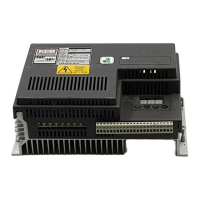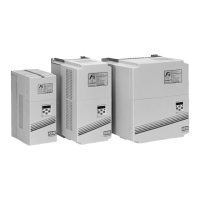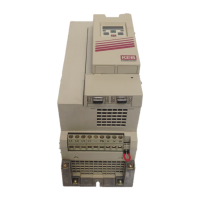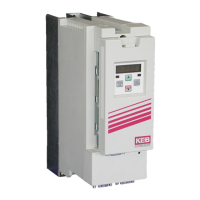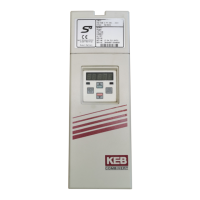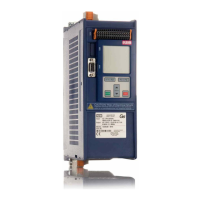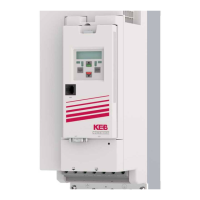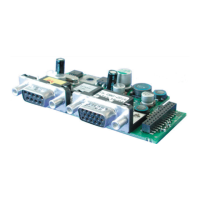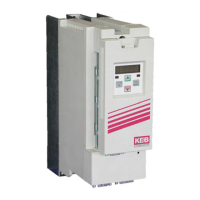171
Diagnostics and Troubleshooting
Item # Check/Solution
Monitor the Command Speed
and Motor (Encoder) Speed
If the Command Speed and Motor (Encoder) Speed match, but the
elevator does not travel at the correct speed:
Check Motor Command Speed (LF.88) and Actual Motor Speed
(LF.89) and check whether the corresponding speed setting in (LF.41-
47) parameters is correct.
Ensure the Machine Data parameters LF.20-25. Incorrect data may
cause the elevator to run too fast or too slow.
If the LF.02 Control Type is analog type, verify correct LF.20 Contract
Speed. LF.20 Contract Speed dictates the maximum speed
corresponding to 10V.
If the LF.02 Control Type is analog type, verify the correct Raw (ru.27)
and Processed (Analog) Patterns, (ru.28)Analog Pattern Gain in
US.34.
If the Motor Command Speed and Actual Motor (Encoder) Speed do
NOT match:
See Check whether Maximum Torque setting is reached and high
enough for normal operation.
See Check whether Inverter Maximum Current Limit is being
reached.
See (Voltage) Modulation Grade limit Reached.
Verify correct Machine Data
(LF.20-25) parameter settings.
The Machine Data parameters are used as a scalar to translate the
command speeds programmed in FPM to an rpm value used by the
drive. Incorrect setting of the machine data parameters may cause the
command speed in rpm to be too high or too low.
For example, if a machine has a 1:1 roping ratio, then setting this
value in the drive as 2 (:1) will cause the speeds to be calculated as
twice as fast.
If the Actual Motor (Encoder) Speed (LF.89) matches the Command
Speed (rpm)(LF.88), but the calculated Elevator Speed (LF.90) or
the actual speed measured by hand tach (FPM) are slightly off, then
the Machine Data can be adjusted slightly so the numbers agree.
This would typically be done by adjusting the Gear Reduction Ratio
(LF.22) or the Traction Sheave Diameter (LF.21).
Refer to Determine the Correct Motor Speed in RPM for further details.
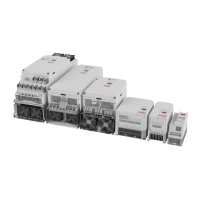
